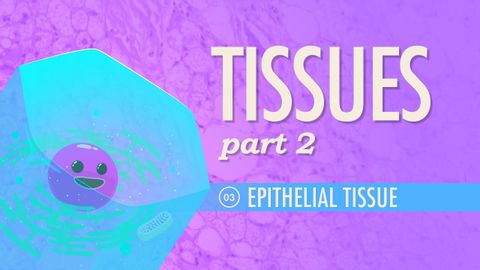
字幕與單字
組織,第2部分--上皮組織。速成班A&P #3 (Tissues, Part 2 - Epithelial Tissue: Crash Course A&P #3)
00
bsofade 發佈於 2021 年 01 月 14 日收藏
影片單字
flat
US /flæt/
・
UK /flæt/
- n. (c./u.)公寓;(某物的)平面部分;降調;平底鞋
- v.t./i.合租;失敗
- adv.斷然地;固定不動地
- adj.平整;沒有活力的;洩氣的;走了氣的;固定的;無光澤的;平淡的;平面的
A2 初級初級英檢
更多 使用能量
解鎖所有單字
解鎖發音、解釋及篩選功能
